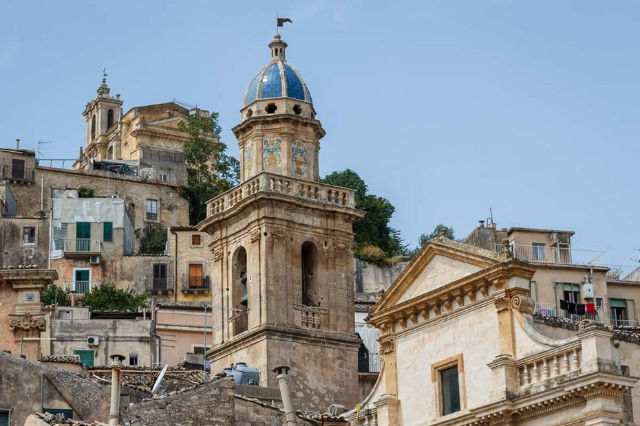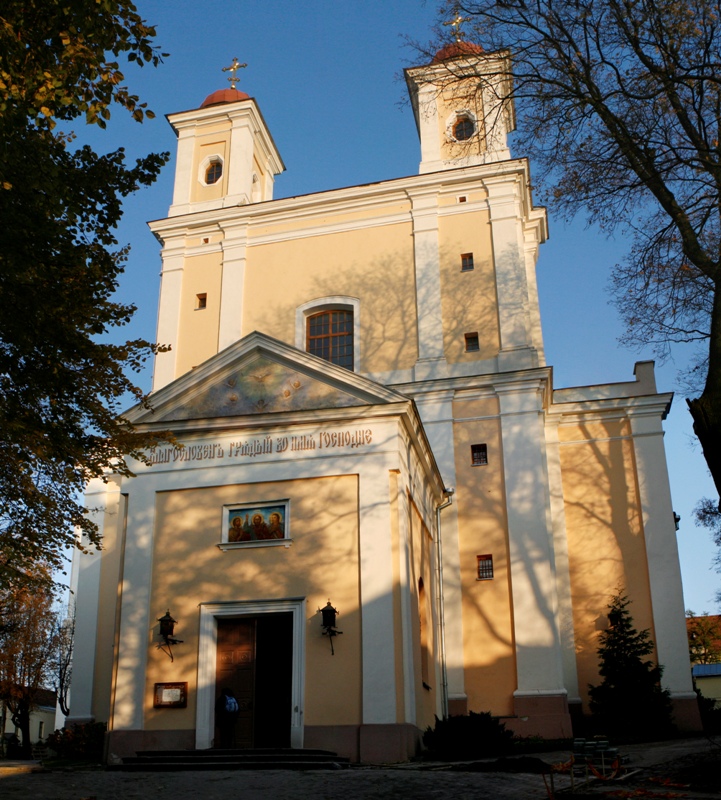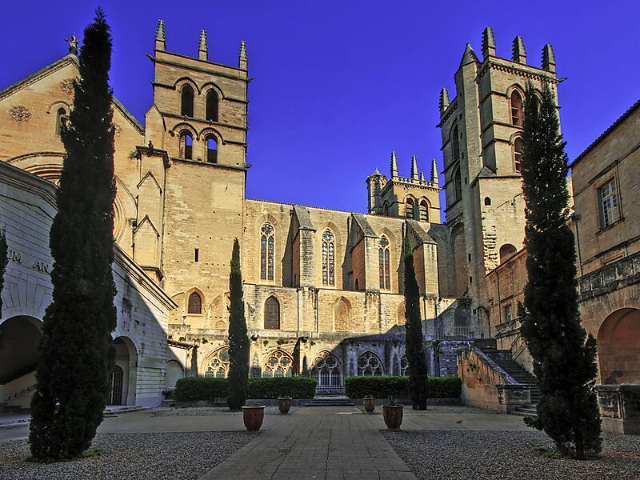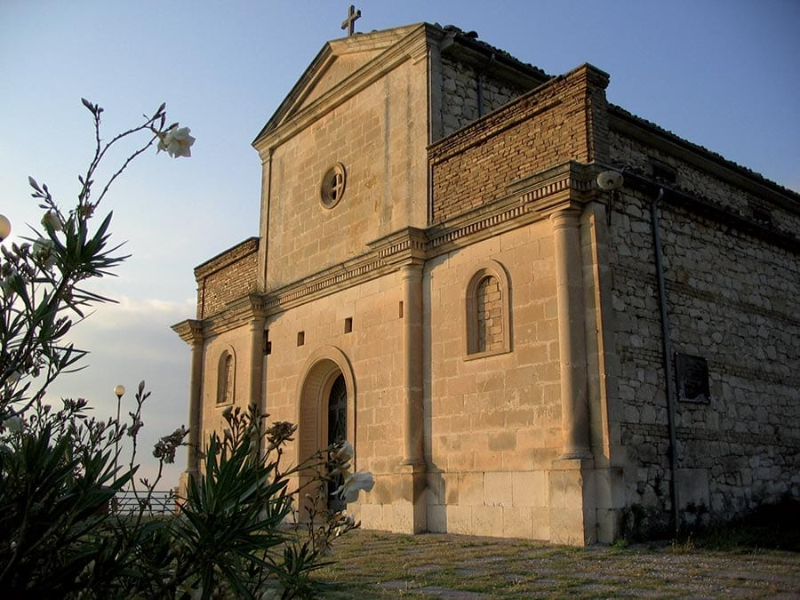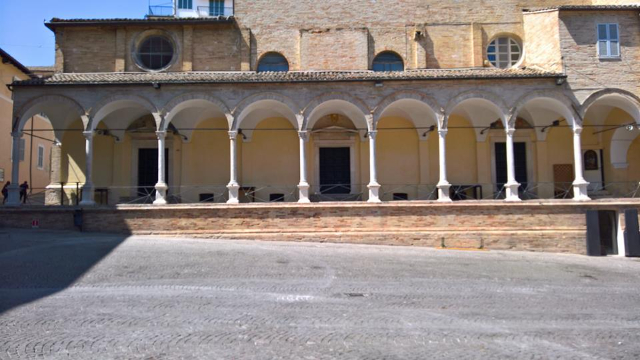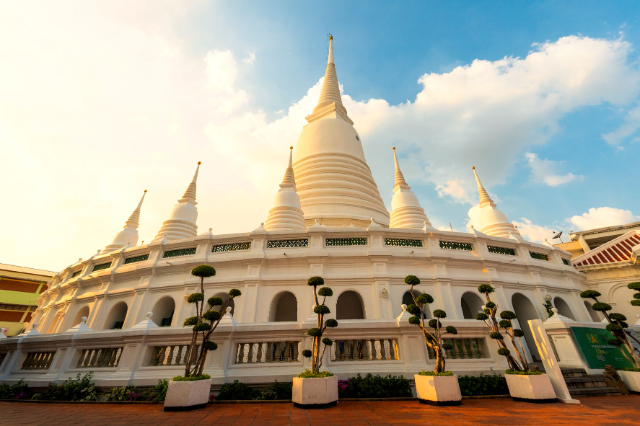The Church of Our Lady of Hydria is located in Ragusa, near Palazzo Cosentini, along the Commendatore salita. Originally founded by the Counts of Modica of the Chiaramonte family, the church was initially dedicated to St. Julian, with an adjoining shelter for the poor and wayfarers. However, after the 1693 earthquake that destroyed the shelter, the church was dedicated to Our Lady of Hydria.The name "Our Lady of Hydria" comes from the Greek "Odygitria," meaning "she who shows the way." After the earthquake, the church was rebuilt on an earlier building founded in 1629 by the Order of the Knights of Malta, as can still be seen by the Order’s coat of arms on the church portal.The façade of the Church of Our Lady of Hydria, completed in 1740, is not particularly lavish, considering also the confined space in which it is located. However, the interior of the church features elaborate decoration of the altars in white stone, typical of the Baroque style. The imposing and majestic bell tower was built in 1757 and towers over the church and surrounding roofs. It has a dome with an octagonal base, a balustrade, and walls decorated with yellow and green polychrome majolica tiles from Caltagirone.The interior of the church has three naves, separated by ten white stone columns with Corinthian capitals. The church contains five altars, of which the high altar is surmounted by a highly ornamented tribune made by the Cultraro in 1743. Inside the niche is a statue of the Madonna, covered by an 18th-century painting depicting the Madonna odigitria or of the Itria. This painting is particularly important because it shows, below the feet of the Child Jesus, a view of the port of Valletta. Above the entrance to the church is a wooden organ, with a large Order of Malta cross prominently displayed.The Church of Our Lady of Hydria thus represents a significant example of Baroque architecture in the city of Ragusa, with a sober facade but a richly decorated interior.
